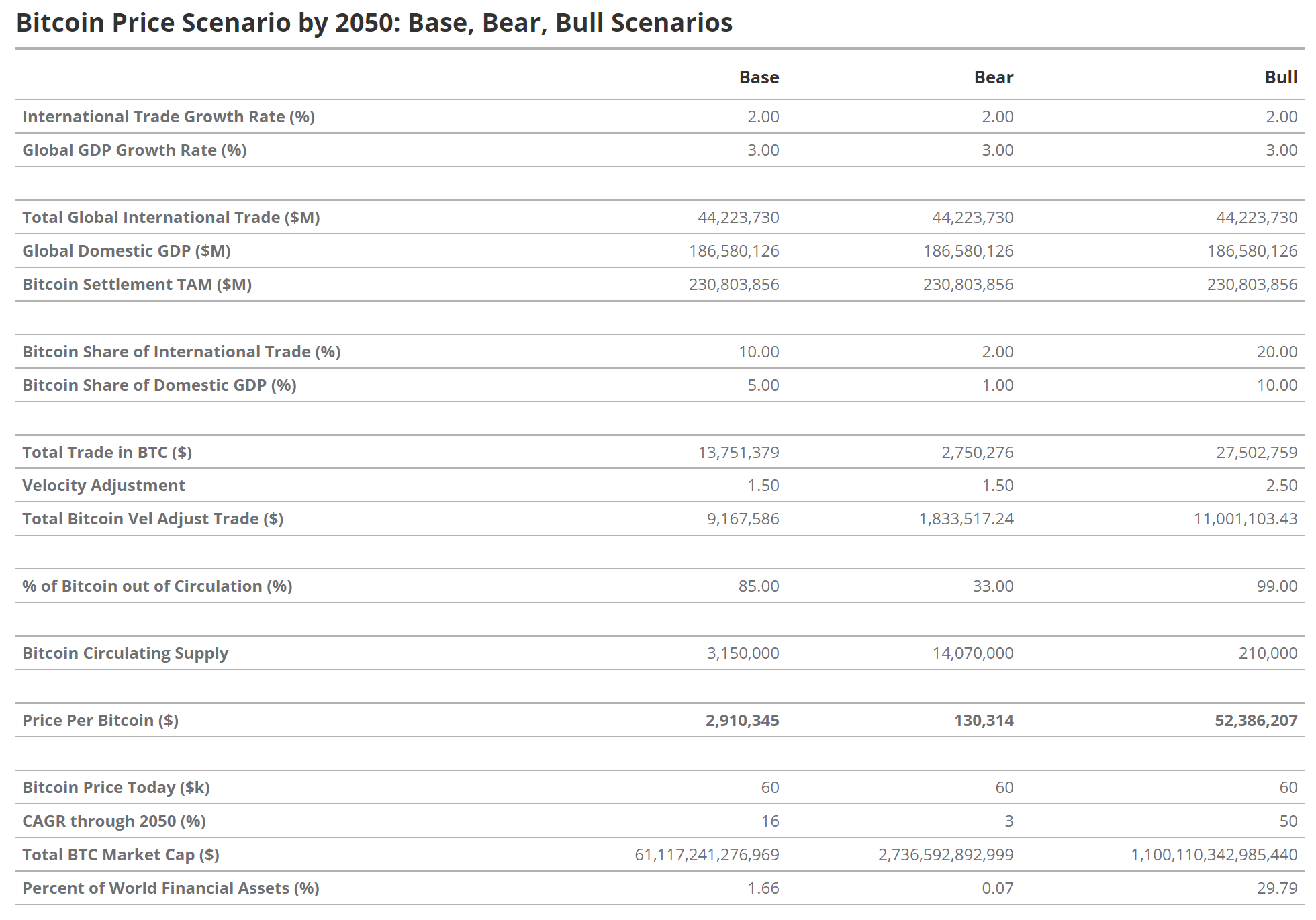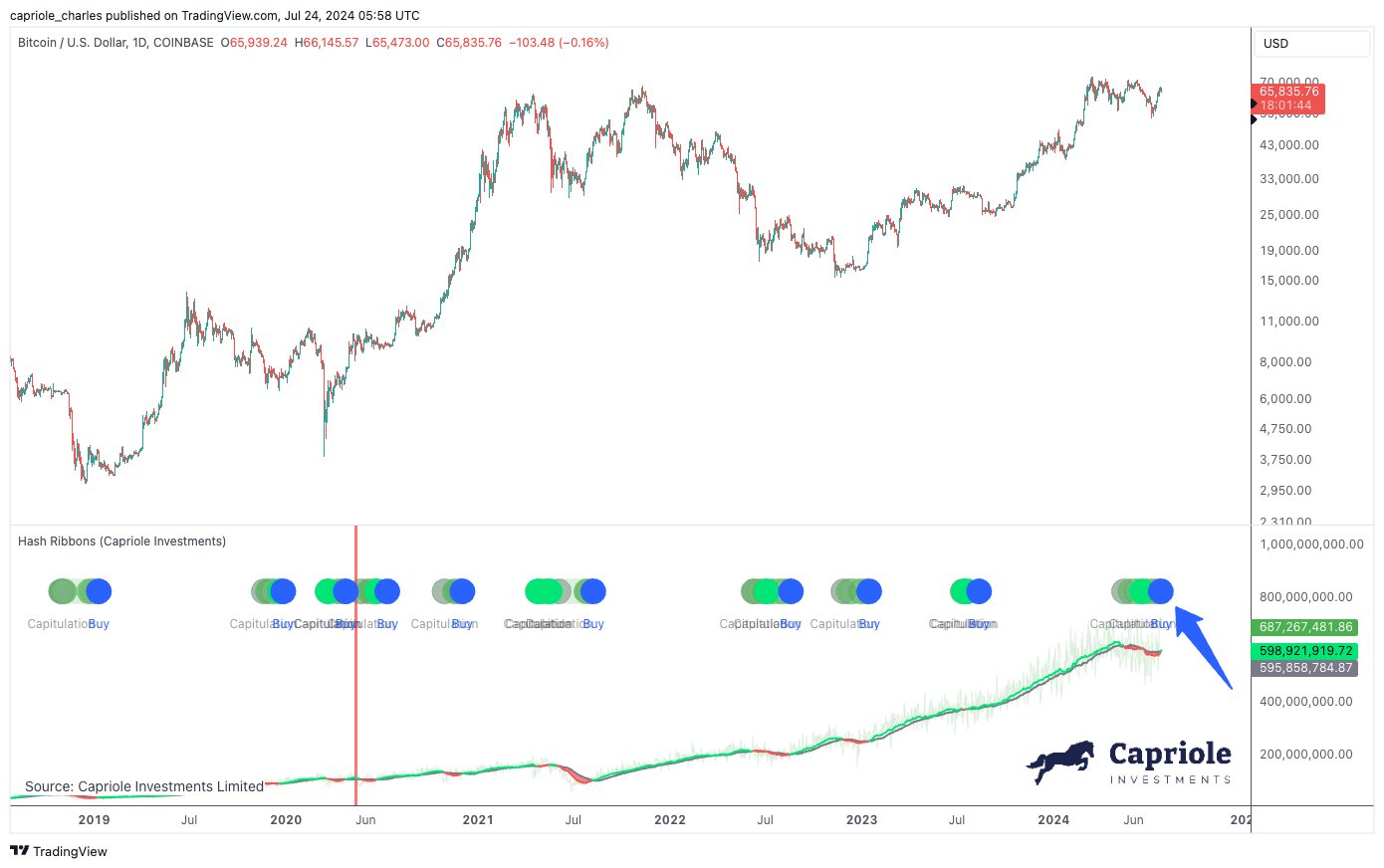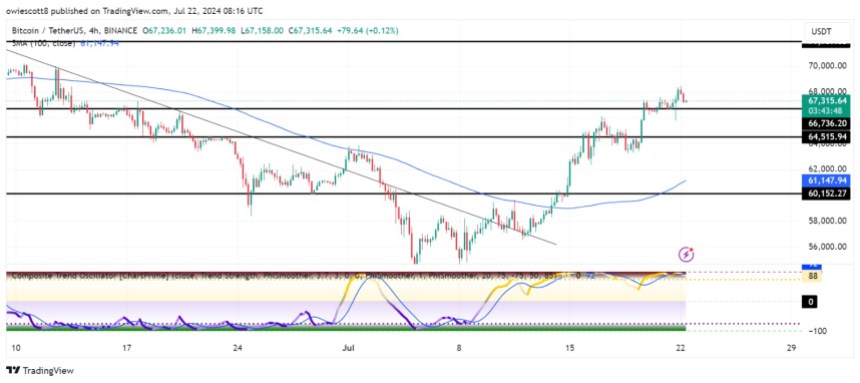Bear Market Bottom Fractal Says Bitcoin Could Soon Bump And Run
No clear signal for Bitcoin’s price, except for uncertainty. Investors are puzzled as the first cryptocurrency by market cap follows crab-like price action. At the time of writing, BTC trades at $35,935 with sideways movement across the board.

The most bullish expert believes BTC could be forming a Bump and Run Reversal (BRR). In 2018 and 2019, BTC’s price formed this chart structure after major corrections and managed to reclaim the lost territory.
Anonymous analyst “Stillman” compared BTC’s price 2018 3-day chart versus its current 10-hour chart and found similarities that point to a Bump and Run reversal bottom.
BTC 2018 vs. now. (3D vs. 10h). All I am going to say is if we get this move next, don't mistake it for a bear flag. pic.twitter.com/fNLAeTn8St
— Stillman (@Stillm4n) June 5, 2021
Anonymous trader Polar Hunt concurred with the analyst’s conclusion. The trader believes that “mega drops” in BTC’s price cause apathy amongst investors. This leads to the formation of the Bump and Run Reversal.
We've played this game before. #BTC
Mega drops like we had now and back in 2018 causes apathy. pic.twitter.com/zRRrZDJbcA
— Polar Hunt (@polar_hunt) June 4, 2021
As both charts show, this chart structure is comprised of 4 phases: the lead-in phase, which could have been formed in previous months. Later, the bump phase after the price crashes and goes into accumulation.
This phase could extend for months with BTC’s price reaching higher lows in a narrow range and slowly retaking its previous highs. During this phase, the price forms a bowl-like structure as it climbs back to levels seen in the first phase.
When the price starts to leave the bowl range, the chart enters a throwback to trendline before going into an uphill run towards new highs, as seen below.
The structure is still forming and must be validated, but if it consolidates it suggests a long season of bad news for the bears.

On-chain Bitcoin Activity Takes A Hit
In order for the BRR to consolidate, BTC’s price needs a boost. However, on-chain activity suggests that demand for the first cryptocurrency by market cap has dropped.
Data from Glassnode indicates that Bitcoin network activity has been on the downside. Before the crash, Bitcoin had around 1.15 million active addresses per day. This figure coincides with BTC’s price 2017 peak, and it saw an 18% reduction during last week’s sell-off.
Now, daily active addresses stand at around 0.94 million. The analyst stated:
This fall is around half the reduction seen in 2017, indicating that whilst activity has slowed, more demand exists than after previous cycle macro tops (or perhaps there is further to go…).

The number of entities, such as exchanges and miners, saw a similar pulled back and stand at 250,000 after dropping from 375,000.
It’s no surprise that the USD denominated transfer volume settled by Bitcoin saw a 65% declined. Checkmate concluded that the Change-adjusted transfer volume has dropped from $43 billion to $15 billion per day. The analyst added:
(…) the 2017 aftershock is the only event of comparable scale where on-chain settled volume fell by 80% over a period of around 3 months.


